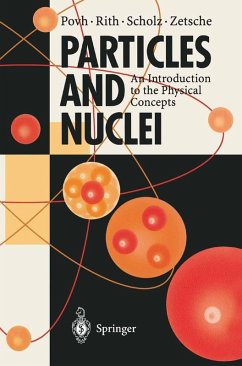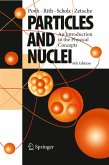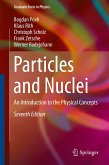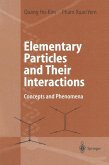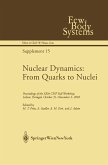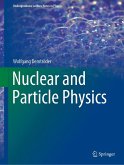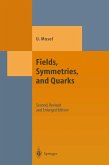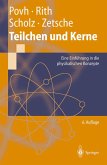This introductory textbook gives a unified presentation of nuclear and particle physics from an experimental point of view. The first part of the book, Analysis, is devoted to disentangling the substructure of matter. This part shows that experiments designed to uncover the substructures of nuclei and nucleons have a similar conceptual basis, and lead to the present picture of all matter being built out of a small number of elementary building blocks and a small number of fundamental interactions. The second part, Synthesis, shows how the elementary particles may be combined to build hadrons and nuclei. The fundamental interactions which are responsible for the forces in all systems become less and less evident in increasing complex syystems. Such systems are in fact dominated by many-body phenomena. This concise text is based on lectures held at the University of Heidelberg and is well suited for undergraduate courses. It includes numerous exercises with worked answers.
Dieser Download kann aus rechtlichen Gründen nur mit Rechnungsadresse in A, B, BG, CY, CZ, D, DK, EW, E, FIN, F, GR, HR, H, IRL, I, LT, L, LR, M, NL, PL, P, R, S, SLO, SK ausgeliefert werden.

